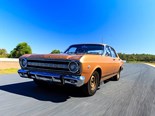Ford XR Falcon - 50 Years of V8 Falcon GT














































.jpg)
.jpg)



|

|

|

|

|

|

|

|

|

|

|

|

|

|

|

|

|

|

|

|

|

|

|
.jpg)
|

|
Ford's XR series raised the stakes for Aussie car makers
50 Years - Ford XR Falcon
New Falcon: The Great Leap Forward, trumpeted the headline in Wheels magazine of November 1966. It was no exaggeration, though the use of that tag line, given events in China around that period, was a little unfortunate. They were talking about the XR Falcon, built from September 1966 for the new model year.
Ford comprehensively moved away from the old XK-XP platform, to a new wider, longer car (with longer wheelbase and wider track), having a much more convincing presence on the road. The big news was you could get a V8 for the first time in the local Falcon and that alone was a very good reason for the redesign.
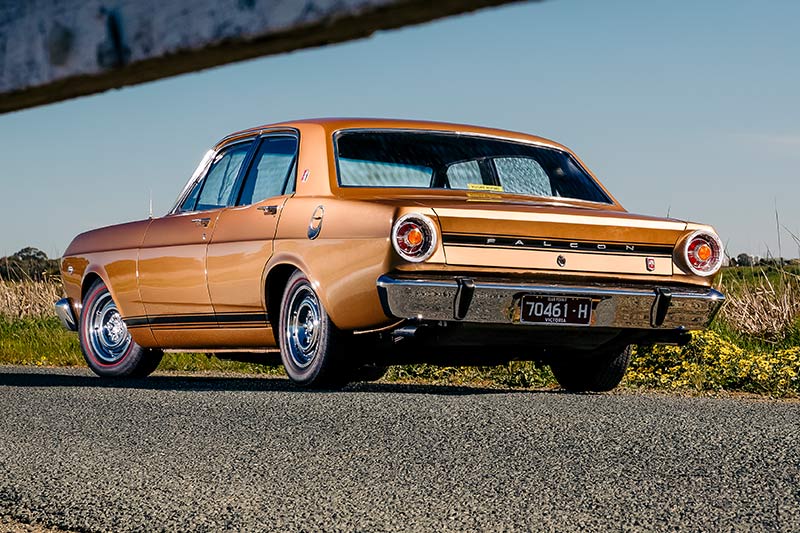
Coping with the extra weight and power meant the chassis needed a fairly comprehensive rework, which is what it got. The road tests of the day pointed to far greater torsional rigidity through a redesign of the chassis. Essentially the torque-box construction adopted in the 260 Fairlane and the XP had been considerably extended in this car. While the alterations were done primarily to cope with the V8, the entire range – including the six-cylinder models – benefited from the upgrade.
The publicity surrounding the car included the tag line "Mustang bred", which was kind of ironic, given the Mustang was actually an offshoot of the earlier American Falcon platform. There was unquestionably some US influence in the end result – if you squinted you could see a bit of Mustang in the hip line of the sedan and of course the adoption of the 289 V8 made a very real connection.
| Market review: Falcon XR-XY GT, GT-HO

The latter was the most popular powerplant in the early Mustang, with good reason. At 4.7 litres it had plenty of poke even in mildy-tuned form. Some fairly conventional mods easily bumped the horsepower number from 200 in XR Falcon form to 270 in Mustang K-code trim. In Australia, Ford chose some middle ground for the GT version(see the Wheels mag 1967 drive impression at the end of this story) with a power claim of 220hp.
Ford offered three engine options in the range. Gone was the old 144ci (2.4lt) six, which left the 170 (2.8lt) and 200 (3.3lt) sixes, plus the 289 (4.7lt) V8. Transmissions included a three-speed manual with optional synchro, plus two three-speed autos. One of the latter was a ‘dual range’ Cruise-o-matic (standard with a V8), which meant you had the option of starting off in second in slippery conditions. There was no mention of a four-speed manual (said to be ‘borrowed’ from the truck division) in the initial line-up. That came with the introduction of the GT.
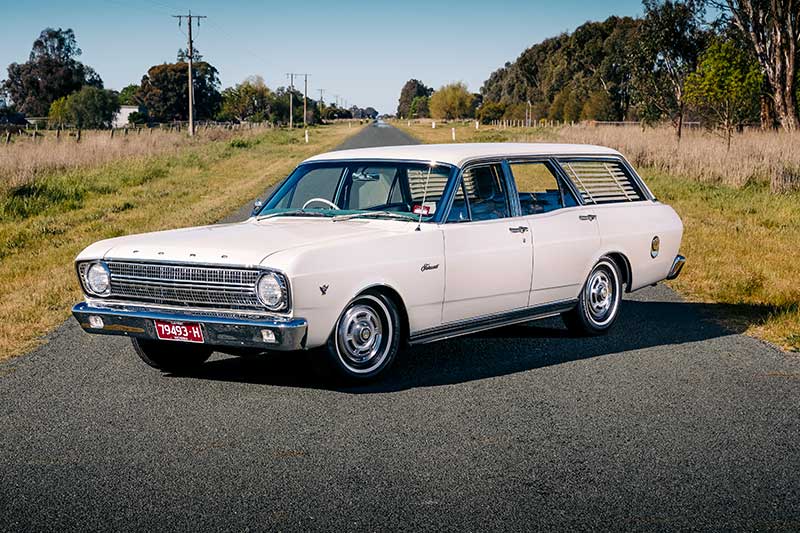
Really the star in the first line-up was the wagon – it seemed huge compared to its predecessors and set a new standard for styling. With long clean lines, it was a stunner. Add in the V8, and hit the accessory catalogue and you could build something very special.
Both the sedan and wagon claimed considerably greater interior room, with hip and shoulder space bumped out by a significant 75mm. Boot space was up a little (though that had as much to do with the relocation of the spare wheel) while fuel tank size was boosted in a big way to 75lt.
Much was made of the new wheel sizes, now 14 inches in varying widths, and you could specify radials.
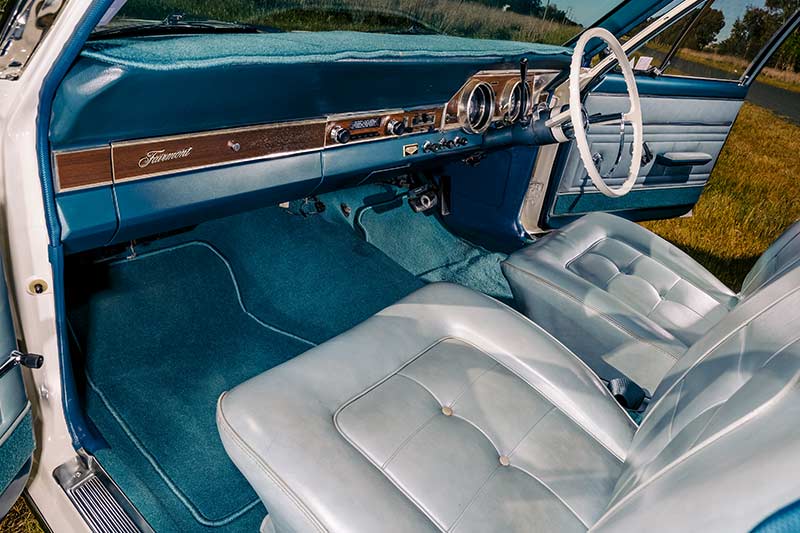
It makes for appalling reading these days, but the standard brakes for much of the range were still drums, and we’re talking basic spec where a booster was still optional on some models. The sizes had been boosted and you could at least order front discs across the entire range – they were standard on the Fairmont and later the GT.
The testers in the day were clearly impressed with the range of options on offer, including power steering and a remote boot release. It was however the cassette deck that really got their attention and they felt the need to explain what one was, since reel-to-reel tapes were still very much in use. "Top of the list must be the stereophonic tape system," they explained, "which turns your Falcon into a sound lounge for a modest (we think) $136.32 including twin speakers. This unit is of the cassette type – and the whole tape comes supplied in a tiny cartridge which can be changed blindfold."
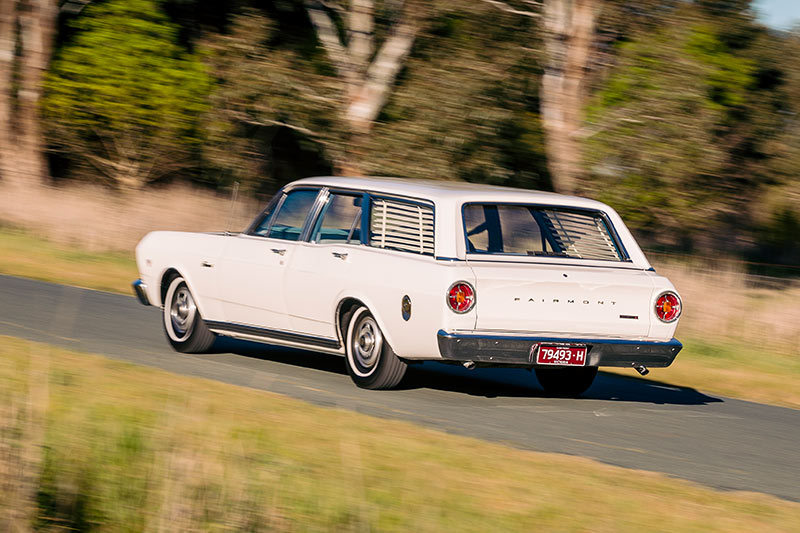
Overall the testers were very happy with how the cars handled though they noted the six-cylinder versions were down on performance when compared to the XP equivalent, thanks to the weight penalty of the new chassis and body. However the V8 more than made up for it and clearly impressed.
Just a matter of months later, in June 1967, came the first drive impression of the Ford XR GT. Interesting though it was, it didn’t rate a mention on the cover and was limited to a quick two-page story inside. This model, as it turned out, was far more significant than many at the time realised. It was the forerunner to legends like the later GTHO series and set the tone for local muscle cars.
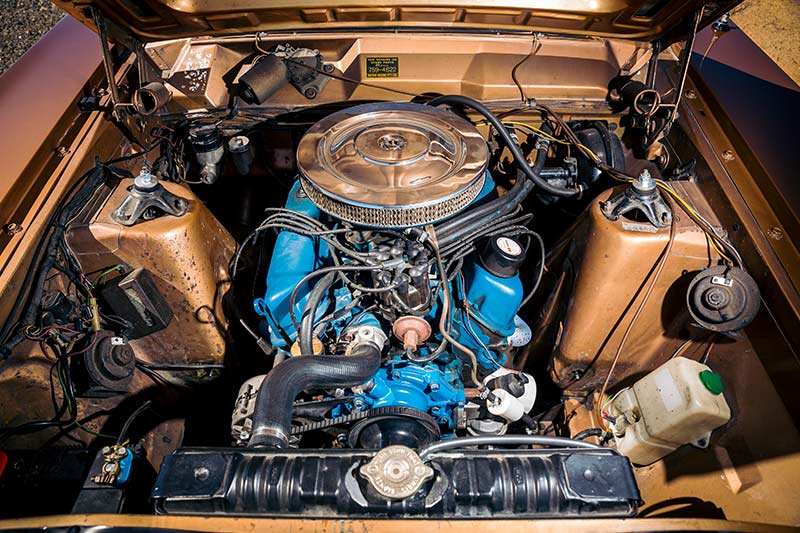
The 289 V8 in the snout scored a four-barrel carburettor, different cams and raised compression (up from 9.3:1 to 9.8:1). Max power was a little higher up the rev range at 4800rpm, as was torque at 3200. Lowered and on marginally wider tyres, the GT was treated to a premium interior. At around $3800, it was about $500 more than a Fairmont V8 and well worth the extra investment.
Ford built just 596 of this model (the XT GT was a very different car), nearly all of which were painted the distinctive gold. There were a few specials, including eight silver units (known as Gallaher cars) for a race sponsor, plus a smattering (five?) of other specials for race teams. If you own one, it’s a very special car.
Of course the XR GT went on to take first and second place in the Gallaher 500 at Bathurst that year, giving close rivals Holden and Chrysler good reason to go back to the drawing board…
1967 Ford XR Fairmont Wagon Specs
Engine: 4727cc (289ci) V8, pushrod, 2-valve, 2bbl carb
Max power: 149kW (200hp) @ 4400rpm
Max torque: 382Nm (282lb-ft) @ 2400rpm
Transmission: 3-sp auto
Suspension: Struts, control arms, tele shocks, anti-roll bar (Fr); Semi-elliptic leaves, tele shocks, (Rr)
Kerb weight: 1630kg
0-100km/h: 11.7sec
1967 Ford Falcon XR GT Specs
Engine: 4727cc (289ci) V8, pushrod, 2-valve, 4bbl carb
Max power: 164kW (220hp) @ 4800rpm
Max torque: 414Nm (305lb-ft) @ 3400rpm
Transmission: 4-sp man
Suspension: Struts, control arms, tele shocks, anti-roll bar (Fr); Semi-elliptic leaves, tele shocks, (Rr)
Kerb weight: 1429kg
0-100km/h: 10.2sec
Unique Cars magazine Value Guides
Sell your car for free right here
Get your monthly fix of news, reviews and stories on the greatest cars and minds in the automotive world.
Subscribe

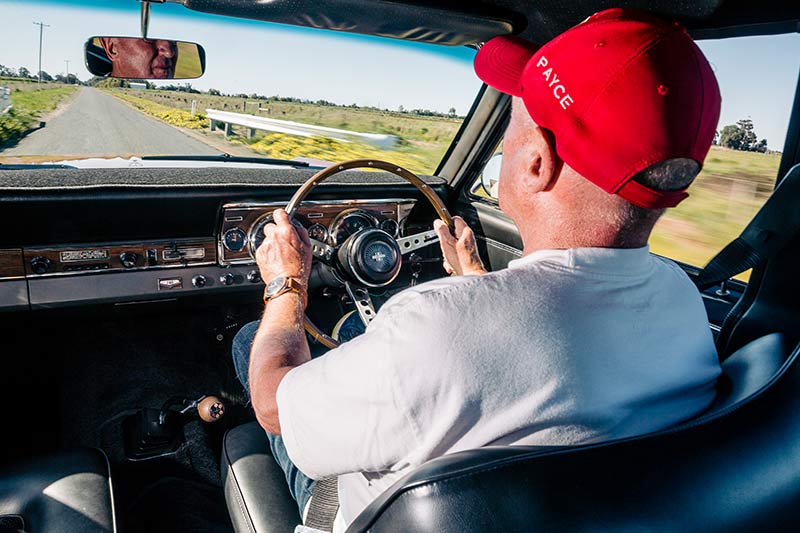
.jpg)










